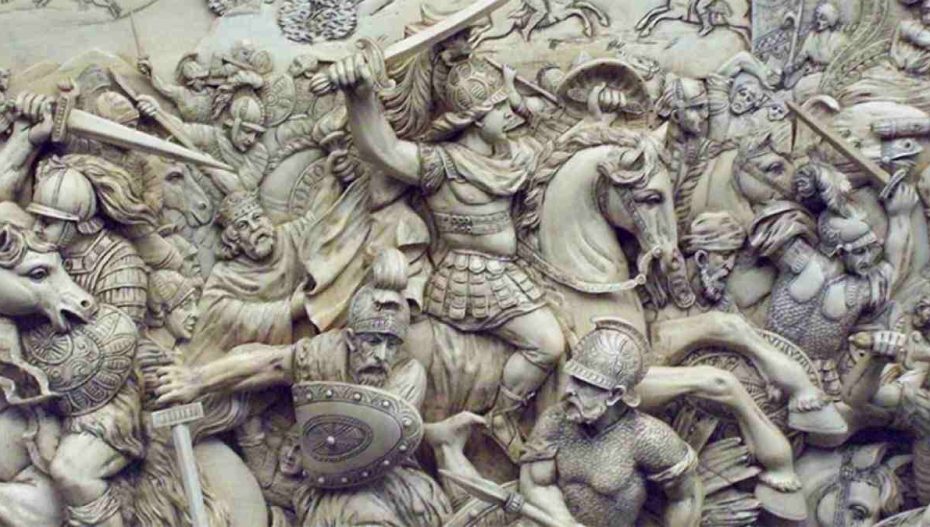A study by researchers from IIT Kharagpur, Archaeological Survey of India (ASI), Physical Research Laboratory (PRL), Jawaharlal Nehru University, and Deccan College, among others, has revealed a detailed corelation of invasions to climatic conditions.
The past two millennia recorded seven invasions from Central Asia into India. Central Asia was reeling from a long, dry spell, while India was a fertile land with a flourishing economy sustained by a good and regular monsoon.
Published in the Quaternary Science Reviews journal, the study uncovered insights from archaeological excavations at Vadnagar in Mehsana district, the hometown of PM Narendra Modi. By examining small molluscs and shells, the team identified an unbroken climatic record spanning 2,800 years.
This historical town within fortifications has been extensively excavated and predates the advent of Jainism and Buddhism in India, with evidence of human activity dating back to the 8th century BCE or around 2,800 years ago. This era is considered crucial, potentially linking post-Harappan settlements to Mahajanpads like Gandhar, Kosala, and Avanti.
Lead author Prof Anindya Sarkar said the influence of these climatic conditions on Vadnagar’s cultural deposits, including artefacts reflect Greco-Bactrian to Saka and Indo-Sassanian influences. The study linked these invasions to periods when the Indian subcontinent experienced robust agriculture due to a stronger monsoon, while Central Asia faced severe droughts, making it uninhabitable.
Examining oxygen isotopes in freshwater mollusc shells from Vadnagar, the team correlated their growth patterns to the adjacent Sharmishtha lake.
“The inference is strengthened by the fact that no major invasion happened when India was facing famine and droughts,” Sarkar said.
Also Read: Odisha Coming Up As A Top Sporting Hub Of The Country












